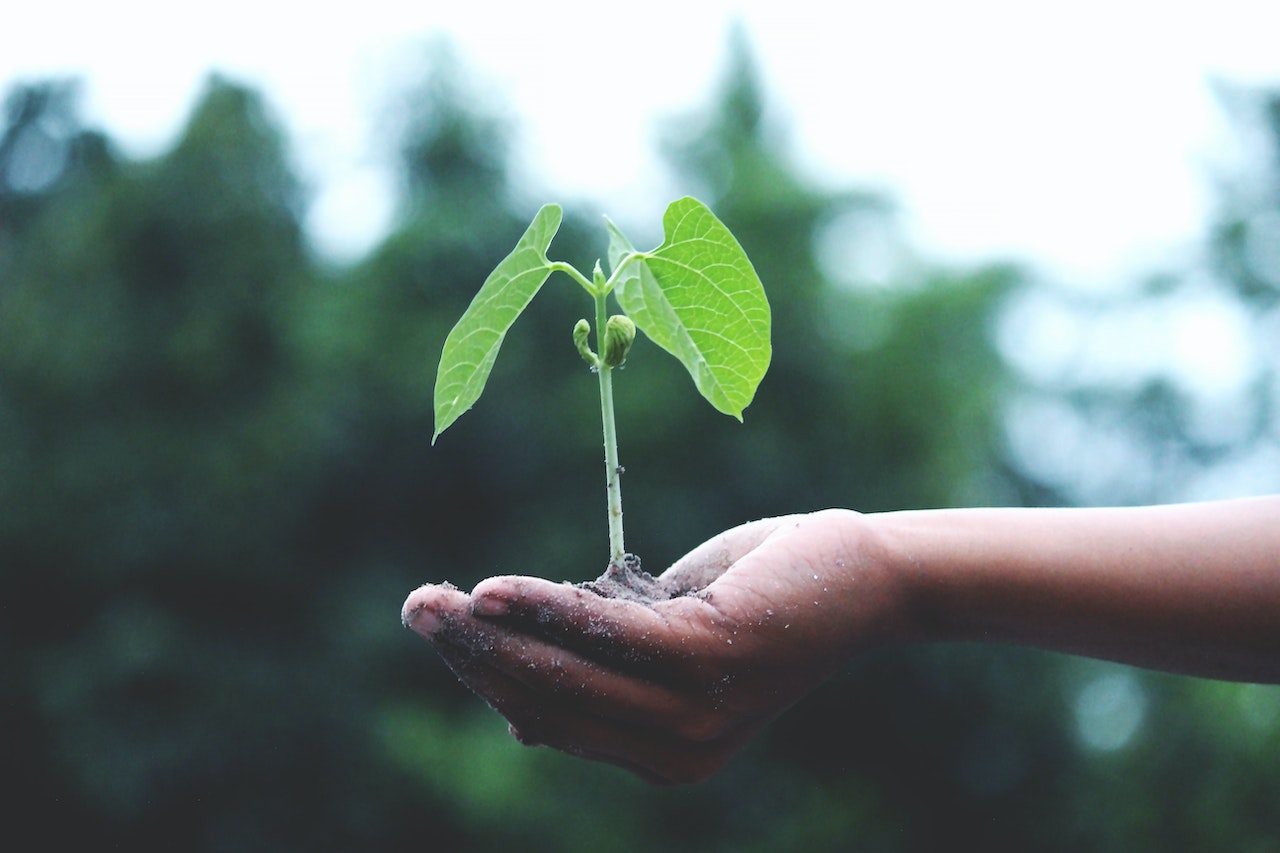This post was originally published on Sustainability Matters

Plastic recycler and packaging manufacturer Pact Group has developed recycled plastic agricultural chemical containers in what the company describes as an Australian first.
The new AgriG8 containers can be made in 10, 15 and 20 L variants with up to 30% recycled plastic. Pact said it has undertaken extensive testing to ensure the containers are compliant with design requirements for chemicals used in the agricultural sector, such as fertilisers and insecticides.
The AgriG8 containers are part of a new initiative, ‘Drums-to-Drums’, resulting from a partnership between Pact, CropLife and CropLife’s not-for-profit stewardship subsidiary Agsafe. CropLife is the national peak industry organisation for the plant science sector.

“Plastic packaging plays an essential role in Australia’s agricultural industry by protecting seed, agricultural chemicals and pelletised pesticide for their safe transport, storage and use,” said Matthew Cossey, Chief Executive Officer of CropLife Australia.
“The plant science industry takes whole-of-life stewardship of its products very seriously, investing heavily in genuine initiatives that ensure we’re responsibly managing products at each stage of their life cycle.”
Drums-to-Drums aims to close the loop on agricultural chemical containers by collecting, recycling and remaking them into new agricultural chemical packaging. The initiative grew out of the long-running agricultural product stewardship program drumMUSTER, a national program for the collection and recycling of plastic agricultural and veterinary chemical drums.

drumMUSTER was started by CropLife 25 years ago and to date has collected more than 40 million drums from its 830 collection points across regional Australia. Pact has been recycling about 450,000 of the drumMUSTER containers per year, but due to technical challenges these containers could only be recycled into plastic pellets to make other products, such as irrigation pipes and bollards.
Now, under the Drums-to-Drums program, Pact is aiming to collect and recycle 900,000 agricultural chemical containers from drumMUSTER annually to make its new AgriG8 recycled containers. 900,000 containers is approximately 1080 tonnes of plastic, or the equivalent of more than 350 Toyota Hilux vehicles.1
“Pact is committed to creating a strong local circular economy that diverts plastic waste materials from landfill, recycles it and then remakes it into new products,” said Ben Andrews, Pact’s General Manager of Industrial Manufacturing.
“The Drums-to-Drums initiative demonstrates that industry-led initiatives are often best placed to develop effective solutions for industry-specific need.”
1. Based on average weight of 1.2 kg for a 20 L plastic AgriG8cube (unfilled) and average weight of 3050 kg for a Toyota Hilux (Toyota HiLux SR (4×4) Price & Specifications | CarExpert).
Images courtesy of Pact Group.





0 Comments